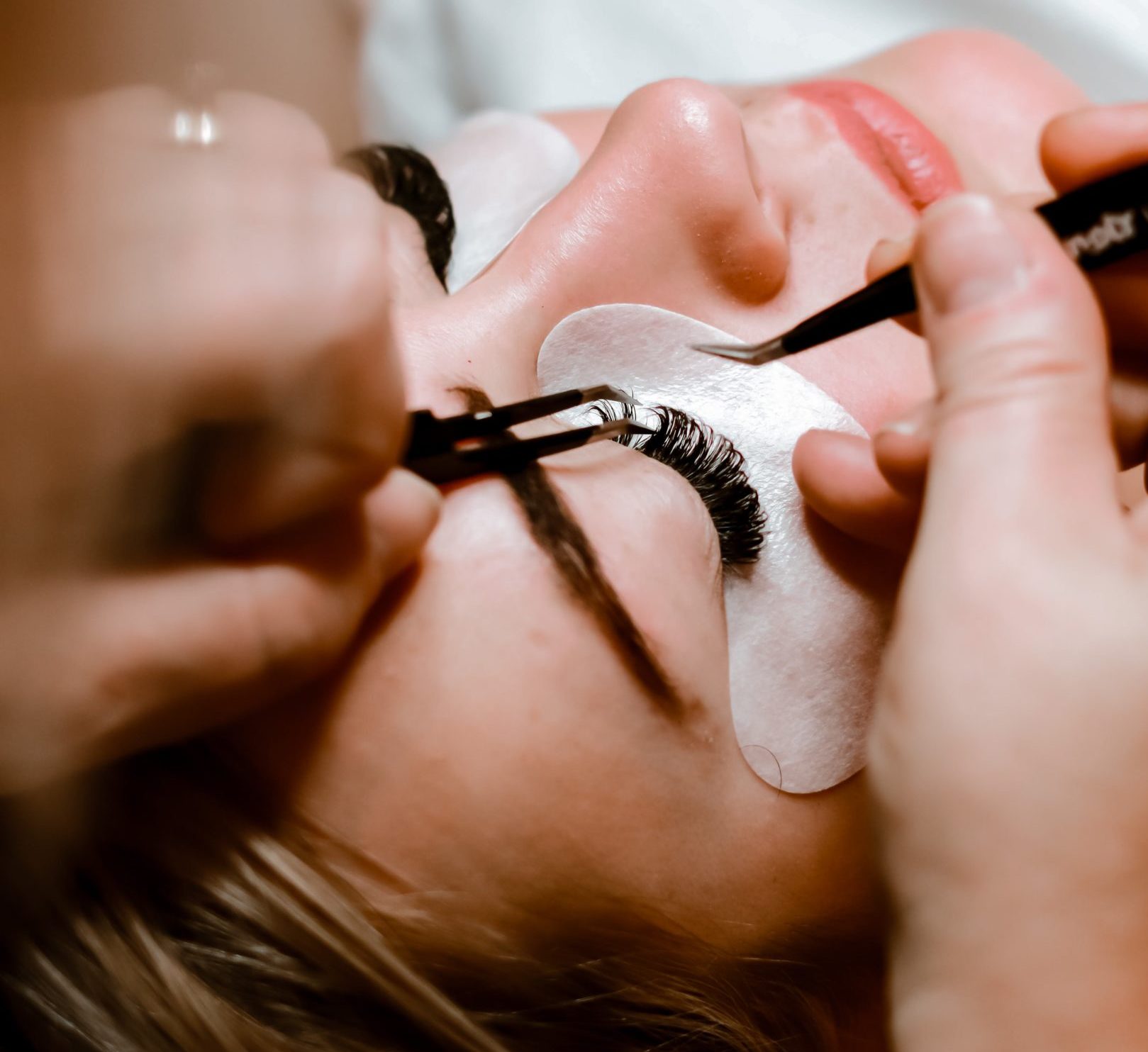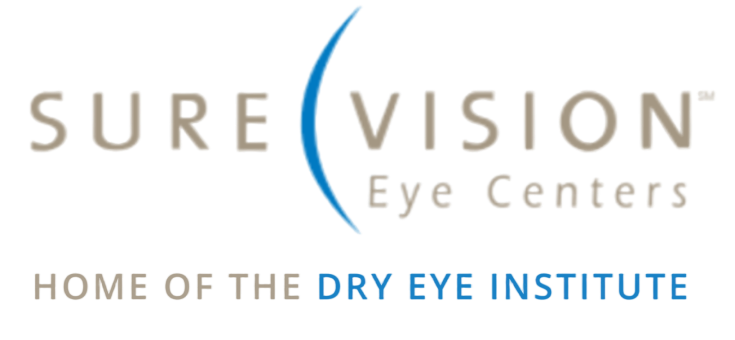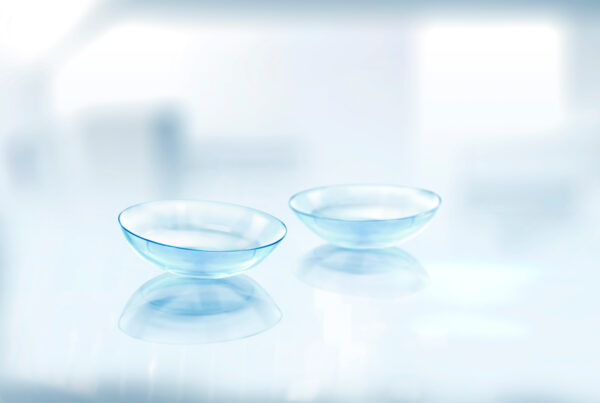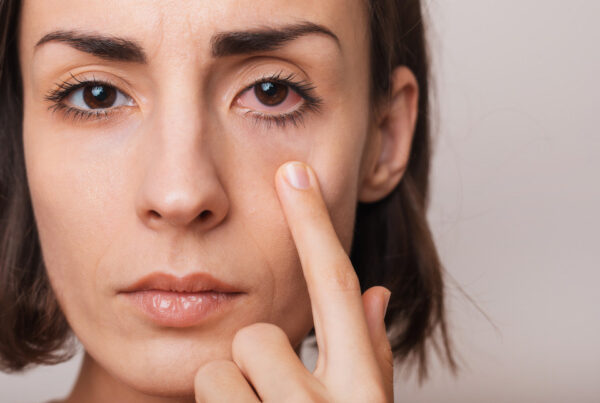
False eyelashes and extensions are a semipermanent beauty trend that has recently gained major popularity. However, the art has been around since the 1800’s, when tiny hairs were being sewn into the skin of the eyelid. Yes, you read that correctly. Beauty really is pain. Lash artists have now evolved to using an ophthalmic and skin safe glue to attach an individual thick and long lash to a single natural lash. Your lash artist should always first test the glue on your skin, ensuring it will not cause an allergic reaction. The lashes last about 4-6 weeks until they fall out with the natural lash, with users typically getting “fill-ins” every 2-3 weeks to keep them looking voluminous. They must be gently cleaned everyday with special oil-free cleansers (oil will denature the glue, causing them to fall off quickly). Certain makeup can be used with the lashes but must be removed completely. The extensions are a solution for those who have naturally thin and/or short lashes, or those who just want some extra volume. For many, lashes are a great and non-invasive way to provide a sense of confidence and beauty. They’re made from a few different materials with a range of pricing. However, even the most expensive lashes aren’t resistant to the bacteria, mites, and build up that occurs when they aren’t cleansed appropriately.
Lash extensions are perfectly safe, when maintained as directed. Problems arise when individuals fail to maintain the hygiene of the lashes. Some are fearful of using cleanser because they think regular cleansing will cause the lashes to fall out faster, but this is not the case. Poor or infrequent cleansing of the lashes leads to a host of ocular issues including blepharitis, demodex or lash mites, meibomian gland dysfunction, dry eye, and even infection. Symptoms of these problems include redness of the eyeball or eyelids, burning, itchiness, irritation, and possibly pain.
When you go to your eye doctor we use a slit lamp, or microscope, to get a magnified view of the eye. Even if your eyes and lashes look healthy when you look in the mirror, there can be changes that can only be seen with the microscope. Frequently we observe red, crusty, flaky lids indicative of blepharitis. Blepharitis is an inflammation of the eyelids, usually near the lash line. It can be caused by a buildup of skin, oil, makeup, and bacteria that’s left behind when the lashes are not properly cleansed. Another finding is overgrowth of demodex, or lash mites. We all normally have a small number of these mites, but poor hygiene will allow these critters to multiply, causing blepharitis. The mites burrow into the lash follicle and excrete waste onto the lid, not only forcing the lashes to fall out earlier, but triggering an inflammatory reaction as well.
Meibomian gland dysfunction follows when buildup occurs specifically in the oil glands of the eyelids, producing dry eye. If these glands are blocked up for too long, they can permanently deteriorate and cease to function. Dry eye caused by insufficient oil glands is especially difficult to treat, as oil must now be supplemented into the tears.
Lastly, users can even develop painful infections on the surface of the eye or in the eyelids with buildup of bacteria, leading to styes and keratoconjunctivitis (“pink eye”). These conditions are especially difficult to treat in the presence of eyelash extensions, so appropriate cleansing habits are important from the day they are applied.
How can you monitor the hygiene of your lashes? Regular cleansing and especially cleansing when makeup is applied is key in preventing any buildup of things that shouldn’t be there. Check with your lash artist on what cleansing solution is best for maintaining the integrity and retention of lashes, while also removing any harmful debris. It’s also extremely important to check the credentials of your lash artist, ensuring they received proper education and training. If you experience any symptoms discussed above, it’s a good idea to check in with your eye doctor.



